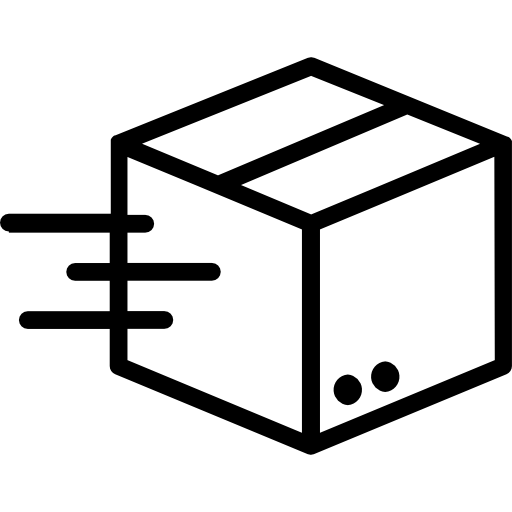Stance identified extremely high potential in its ecommerce channel but had yet to capitalize on it. They routinely spent time and resources on maintaining a brand-first approach, while sacrificing results and revenue performance. The average order value hadn’t changed in 5+ years, even after introducing higher priced t-shirts and new product categories, like mens underwear.


Key Focus Areas
Low Average Order Value
Stance experienced recurring results for 5+ years, despite expansion into other categories.
High Potential for Growth
They were underutilizing their platform, failing to capitalize on maximum results and revenue performance.
Brand-First Approach
There was an opportunity to shift the focus of resources to generate higher comparable sales and drive more growth.

Solution
Data Driven Testing
Pactx introduced and refined a new approach to enhance the site, focusing on a data-driven “pass/fail” or “fast and learn” testing model. This approach helped identify key touchpoints that directly influenced user behavior and shifted revenue trends.
Introduced Site Efficiencies
We found brand and design efficiencies to support the business first and minimize wasted efforts that don’t yield results.
Identified New KPIs
We redefined KPIs, moving away from narrow data points to create a more holistic view of ecommerce health. This shift helped Stance better focus on metrics that indicated greater customer engagement.

Success Metrics

Implemented Data Driven Testing
They saw a 15% increase in revenue per visitor (RPV) when the free shipping threshold was set at $50 compared to $25.
Average Order Improvement
Overall orders saw an improvement of approximately 20%, with customers increasing the number of units per transaction by 33%.

Improved Profiability
We improved their shipping margins and increased their average order size.

Revenue Increase
Revenue increased by over $1M within the first calendar year due to changes in shipping and additional products being added to the cart.